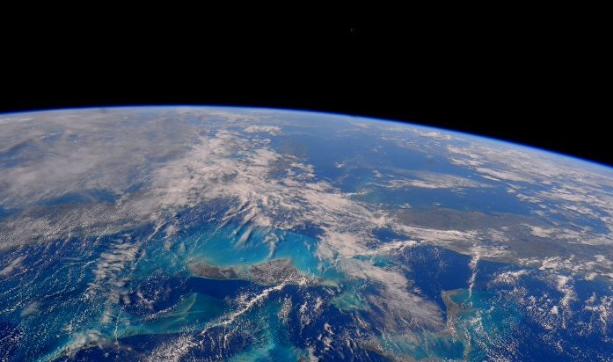Today, almost eight billion people live on our planet. This is a big number, because only half a century ago we were two times less. This is a random experiment with colossal stakes, and we do not know whether the terrestrial biosphere can meet the needs of such a huge number of people, as well as withstand such huge amounts of waste and toxins, and withstand this load on a long-term basis, self-regenerating and replenishing itself.
Today, when there are more people on Earth than ever before, this plan may seem strange and even impracticable. However, it is not. Since people all over the world are already leaving villages to cities, vast regions are emptying, and far fewer people live there today than a hundred years ago. In many villages, the population does not reach even thousands, and they are gradually falling into neglect as young people leave them.
Thus, the liberation of half of the Earth from people is not a violent process, since it is already underway. Here it is more necessary to decide the question of how we will move, and what we will leave behind. An important factor here is to avoid extremes, absolutization, and striving for perfect purity. We are complex creatures and live on a complex planet, and therefore for survival we need to be flexible. So these abandoned spaces should not be called wasteland, wilds and wildlife.
Galiya Amangeldikyzy
